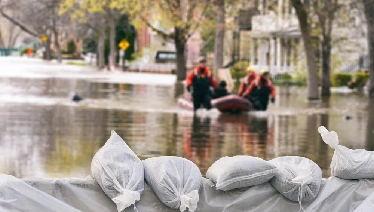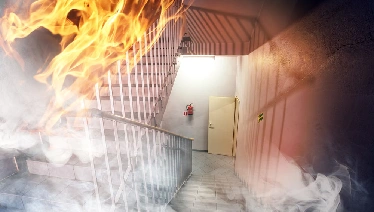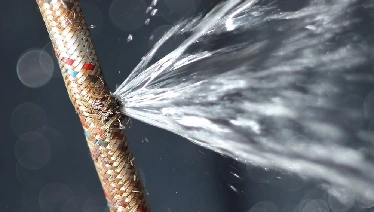Mold growth is a common and persistent issue that can pose significant health risks if not properly addressed. Fortunately, there are effective techniques to remove mold and prevent its recurrence. In this FAQ, we will delve into the best practices and expert tips to ensure a successful mold removal process.
First and foremost, it is crucial to identify the source of moisture causing mold growth. Without addressing the underlying issue, any attempts at mold removal will be futile. Conduct a thorough inspection of your property to locate any leaks, water infiltration, or excessive humidity. Fixing the source of moisture is the foundation of a successful mold removal process.
Once the source has been addressed, it's time to embark on the mold removal process. Start by wearing protective gear, including gloves, goggles, and a respiratory mask, to minimize your exposure to mold spores. Remember, mold can cause respiratory issues and allergic reactions, so taking necessary precautions is vital. Before starting the cleanup, make sure to isolate the affected area. Close all doors and seal them with plastic sheets to prevent mold spores from spreading to other parts of your property. It's also recommended to use an air purifier with a HEPA filter to capture airborne mold particles.
Next, remove any porous materials that have been heavily affected by mold, such as carpets, wallpaper, or ceiling tiles. These items are difficult to clean effectively and may need to be replaced. Clean nonporous surfaces with a mixture of water and detergent or a specialized mold removal cleaner. Be thorough and ensure all visible mold is completely removed.
After cleaning, thoroughly dry the area to prevent mold regrowth. Use fans, dehumidifiers, or open windows to improve air circulation and reduce humidity levels. Monitor the humidity regularly and maintain it below 50% to discourage mold from reappearing.
To prevent future mold growth, it's essential to address any ongoing moisture issues. Regularly inspect your property for leaks, fix any plumbing problems, and ensure proper ventilation in bathrooms and kitchens. Consider using mold-resistant products, such as paints or drywall, in areas prone to moisture.
In conclusion, effectively removing mold from your building requires a systematic approach. Identify and address the source of moisture, wear protective gear, isolate the affected area, thoroughly clean nonporous surfaces, and ensure proper drying. By following these expert tips and taking preventive measures, you can successfully eliminate mold and create a healthier environment for all occupants.
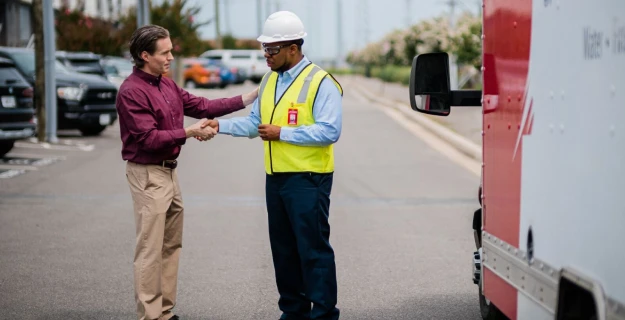
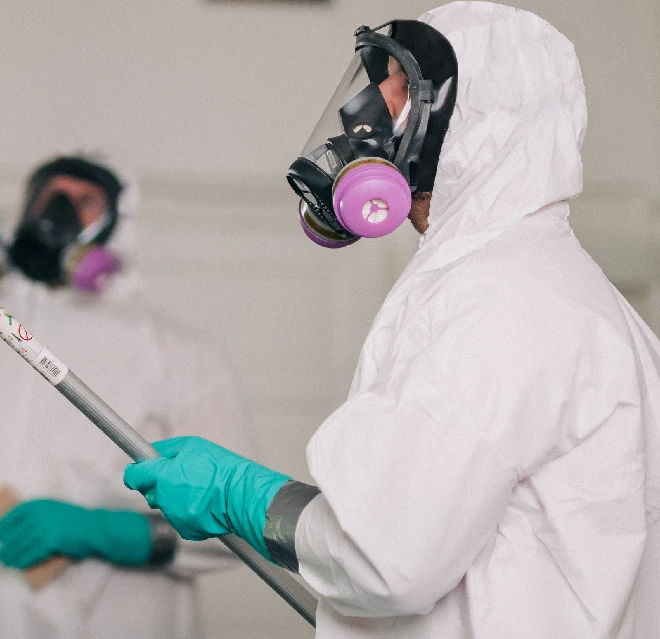
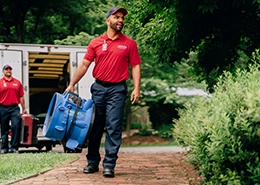

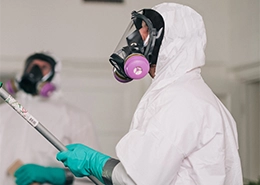

.webp)
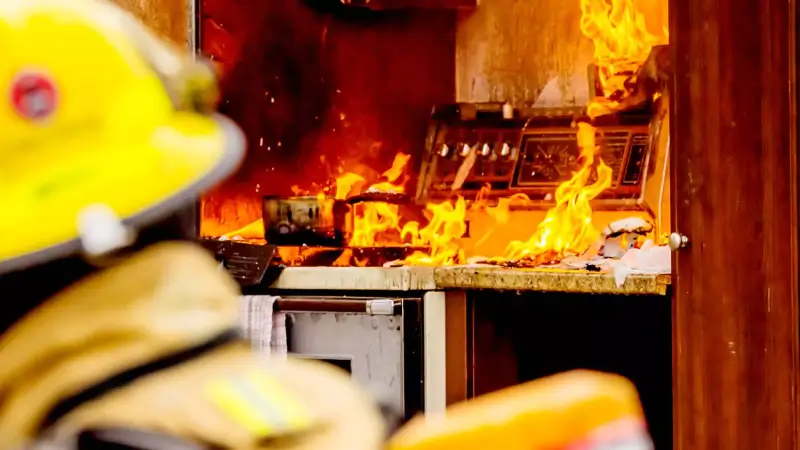
.webp)
